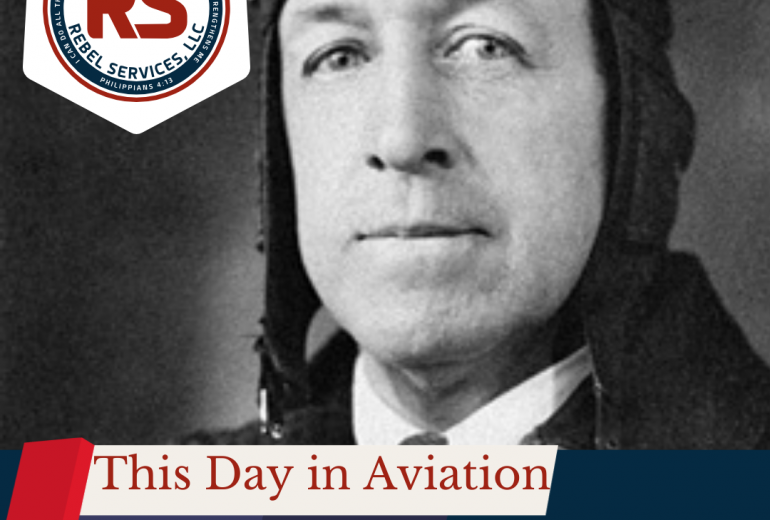William Wincapaw, a Maine floatplane pilot, became the world's first Flying Santa in 1929 when he delivered Christmas presents to the families of New England lighthouse keepers. Capt. Wincapaw was known in the Penobscot Bay area as a skilled and adventurous pilot who often provided transport for sick or injured islanders. He was most at home in amphibious airplanes, which were a practical means of transport due to the numerous islands in the area. His appreciation for the keepers and their dedication to keeping the lights well-lit and the surrounding waters safe grew each time he made a flight in poor weather. On December 25, 1929, Capt. Wincapaw loaded his plane with a dozen packages containing newspapers, magazines, coffee, candy, and other items and dropped them to lighthouse families.
The gifts of Christmas cheer were well received, and Capt. Wincapaw realized that this Yuletide flight deserved to be repeated and expanded to include more lighthouse families and Coast Guard stations along the coast. The flights continued and expanded into Massachusetts, Rhode Island, and Connecticut. Capt. Wincapaw’s son, Bill Jr., an aspiring pilot, eventually joined him on the lighthouse trips. The Wincapaws were not originally considered Santas, but the title was fondly bestowed upon them by the recipients of their goodwill.
By 1933, the Wincapaw family had relocated to Winthrop, MA, and their Christmas flights took them to as many as 91 lighthouses and Coast Guard stations. The cost of the program continued to expand, but they were able to find sponsors in the business community, including Adriel U. Bird, president of the W.S. Quimby Company of Boston, the parent company of La Touraine Coffee.
In 1936, the elder Wincapaw flew the northern route, while Bill Jr. and Edward Rowe Snow, one of his teachers at Winthrop High School, flew to 25 stops in southern New England. Mr. Snow, a native of Winthrop, had always had a keen interest in the sea and ships and the history of the New England coast. He was a descendant of sea captains and would eventually become one of the most well-known maritime authors and historians. Capt. Wincapaw was looking for additional help with his growing schedule of flights and knew that Snow was the right man for the job.
With the advent of World War II, the holiday flights to the lighthouses were temporarily discontinued. However, in 1941, Edward Rowe Snow and pilot Al Leckscheid took off on Christmas morning to drop packages at over 35 locations, being especially careful to avoid several high-security installations. To ensure the plane was not mistaken for an enemy aircraft, "CHRISTMAS SEAL PLANE" was put on the side in two-foot-high red letters.
In 1945, with the end of the war, the lighthouse flights were back on track, and Snow was back to the regular schedule of flights throughout New England. The Wincapaws rejoined Snow in 1946 for the delivery of Christmas bundles, and they tackled the northern leg while Snow made his southern flight.
The tradition of the Flying Santa continued for many years, and Wiggins Airways became involved, providing the charter and their pilot Charles Cowan. Over the next 60 years, Wiggins would be the provider of several "sleighs," from prop planes to helicopters. The generosity of Capt. Wincapaw and his family, as well as their sponsors, brought joy and comfort to the families of lighthouse keepers during the holiday season, and their tradition of goodwill will always be remembered.


